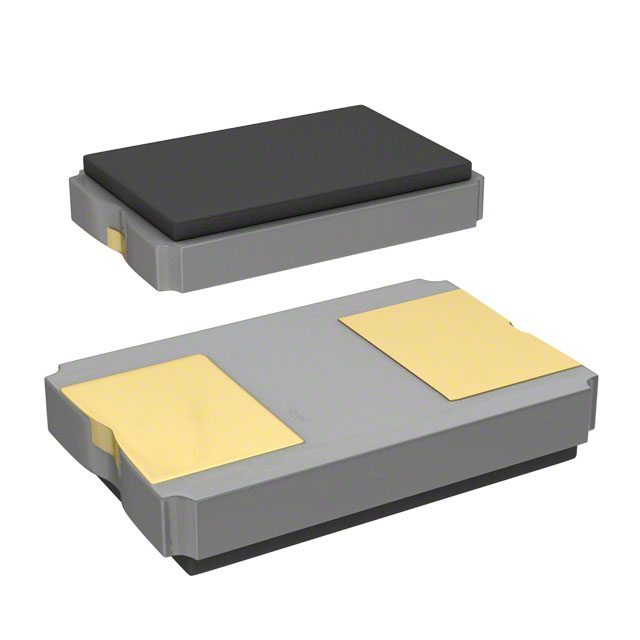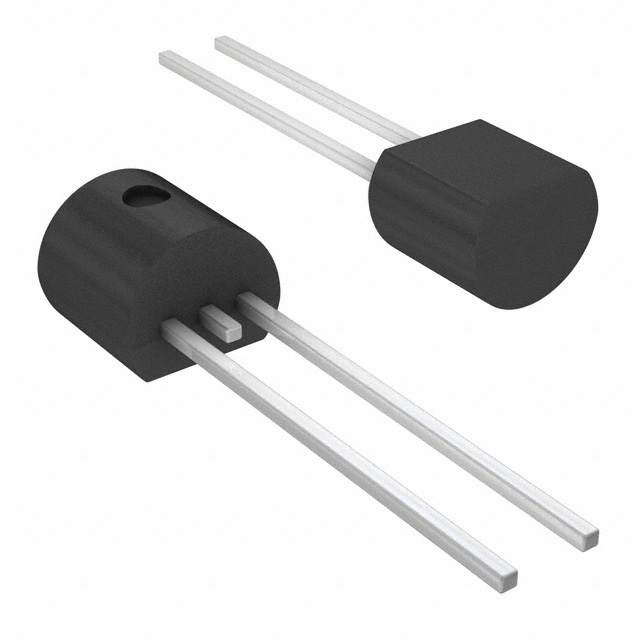What components and modules does integrated circuit layout design include?
What Components and Modules Does Integrated Circuit Layout Design Include?
I. Introduction
Integrated Circuit (IC) layout design is a critical aspect of modern electronics, serving as the blueprint for the physical arrangement of electronic components on a semiconductor chip. This intricate process involves the careful placement of transistors, interconnects, and passive components to create functional circuits that meet specific performance criteria. As technology advances, the importance of IC layout design continues to grow, influencing everything from consumer electronics to sophisticated computing systems. In this article, we will explore the fundamental concepts, key components, modules, design tools, challenges, and future trends in IC layout design.
II. Fundamental Concepts of IC Layout Design
A. Overview of Integrated Circuits
Integrated circuits are miniaturized electronic circuits that combine multiple components, such as transistors, capacitors, and resistors, onto a single chip. They can be classified into various types, including analog, digital, and mixed-signal ICs. The role of ICs in modern electronics is paramount, as they enable the functionality of devices ranging from smartphones to advanced computing systems.
B. The Layout Design Process
The layout design process begins with defining design specifications, which outline the performance, power, and area requirements of the IC. Designers must adhere to design rules and constraints that ensure manufacturability and reliability. Once the layout is created, design verification is conducted to ensure that the design meets all specifications and is free of errors.
III. Key Components of IC Layout Design
A. Transistors
Transistors are the fundamental building blocks of integrated circuits. The two primary types of transistors used in IC design are Bipolar Junction Transistors (BJTs) and Metal-Oxide-Semiconductor Field-Effect Transistors (MOSFETs). The placement and sizing of transistors are crucial, as they directly impact the performance and power consumption of the circuit. Designers must consider factors such as drive strength, switching speed, and leakage current when determining the optimal layout for transistors.
B. Interconnects
Interconnects are the conductive pathways that connect various components within an IC. They can be made from different materials, with metal layers and vias being the most common. The resistance and capacitance of interconnects play a significant role in determining the overall performance of the circuit. Designers must carefully plan the routing of interconnects to minimize delays and signal integrity issues.
C. Capacitors and Resistors
In addition to active components like transistors, integrated circuits often include passive components such as capacitors and resistors. The integration of these components requires specific layout techniques to ensure optimal performance. For instance, the placement of capacitors can affect the overall capacitance and noise performance of the circuit, while resistors must be sized appropriately to meet the desired resistance values.
IV. Modules in IC Layout Design
A. Standard Cell Libraries
Standard cell libraries are collections of pre-designed and pre-characterized cells that can be used in IC layout design. These cells include various logic gates, flip-flops, and other functional blocks. The purpose of standard cell libraries is to streamline the design process, allowing designers to quickly assemble complex circuits without starting from scratch. Different types of standard cells are available, each optimized for specific functions and performance characteristics.
B. Analog and Digital Blocks
The layout techniques for analog and digital blocks differ significantly due to their distinct operational characteristics. Analog blocks, such as amplifiers and oscillators, require careful attention to noise and signal integrity, while digital blocks focus on speed and power efficiency. Examples of analog modules include operational amplifiers, while digital modules encompass logic gates and memory elements.
C. Memory Cells
Memory cells are specialized components used to store data in integrated circuits. There are various types of memory, including Static Random-Access Memory (SRAM), Dynamic Random-Access Memory (DRAM), and Flash memory. Each type of memory has unique layout considerations, such as cell size, access speed, and power consumption. Designers must optimize the layout of memory cells to achieve the desired performance and density.
V. Design Tools and Software
A. Electronic Design Automation (EDA) Tools
Electronic Design Automation (EDA) tools are essential for modern IC layout design. These software applications assist designers in creating, simulating, and verifying their designs. Popular EDA software includes Cadence, Synopsys, and Mentor Graphics, each offering a suite of tools tailored for different aspects of the design process.
B. Simulation and Verification Tools
Simulation is a critical step in the layout design process, allowing designers to predict how their circuits will behave under various conditions. Common verification techniques include Design Rule Checking (DRC) and Layout Versus Schematic (LVS) checks, which ensure that the layout adheres to design rules and matches the intended schematic.
VI. Design Considerations and Challenges
A. Scaling and Miniaturization
As technology advances, the demand for smaller and more powerful integrated circuits continues to grow. Moore's Law, which predicts the doubling of transistor density approximately every two years, drives the need for scaling and miniaturization. However, this trend presents challenges, such as increased power density and heat dissipation, which must be addressed through innovative design techniques.
B. Power, Performance, and Area (PPA) Trade-offs
In IC design, there is often a trade-off between power, performance, and area (PPA). Designers must balance these factors to meet the specific requirements of their applications. Strategies for optimization may include using low-power design techniques, optimizing transistor sizing, and employing advanced circuit topologies.
C. Thermal Management
Thermal management is a critical consideration in IC layout design, as excessive heat can lead to performance degradation and reliability issues. Designers must implement layout techniques that promote heat dissipation, such as using thermal vias and optimizing the placement of heat-sensitive components.
VII. Future Trends in IC Layout Design
A. Emerging Technologies
The field of IC layout design is constantly evolving, with emerging technologies such as 3D ICs and FinFETs gaining traction. 3D ICs allow for vertical stacking of components, improving performance and reducing interconnect lengths. FinFETs, on the other hand, offer improved electrostatic control and reduced leakage, making them suitable for advanced node designs.
B. The Role of Artificial Intelligence in Layout Design
Artificial intelligence (AI) is beginning to play a significant role in IC layout design, with machine learning algorithms being used to optimize layouts and automate repetitive tasks. AI-driven tools can analyze vast amounts of data to identify design patterns and suggest improvements, ultimately speeding up the design process.
C. Sustainability and Eco-Friendly Design Practices
As the electronics industry becomes more aware of its environmental impact, sustainability and eco-friendly design practices are gaining importance. Designers are exploring ways to reduce energy consumption, minimize waste, and use environmentally friendly materials in IC layout design.
VIII. Conclusion
In conclusion, integrated circuit layout design is a complex and multifaceted process that involves various components and modules. From transistors and interconnects to standard cell libraries and memory cells, each element plays a crucial role in the overall functionality of the IC. As technology continues to advance, designers must navigate challenges related to scaling, power, and thermal management while embracing emerging trends such as AI and sustainability. Continuous learning and adaptation will be essential for professionals in the field to stay ahead in this dynamic landscape.
IX. References
- Academic Journals
- Industry Publications
- Online Resources and Tutorials
This blog post provides a comprehensive overview of the components and modules involved in integrated circuit layout design, highlighting the importance of this field in modern electronics and the challenges and trends shaping its future.









